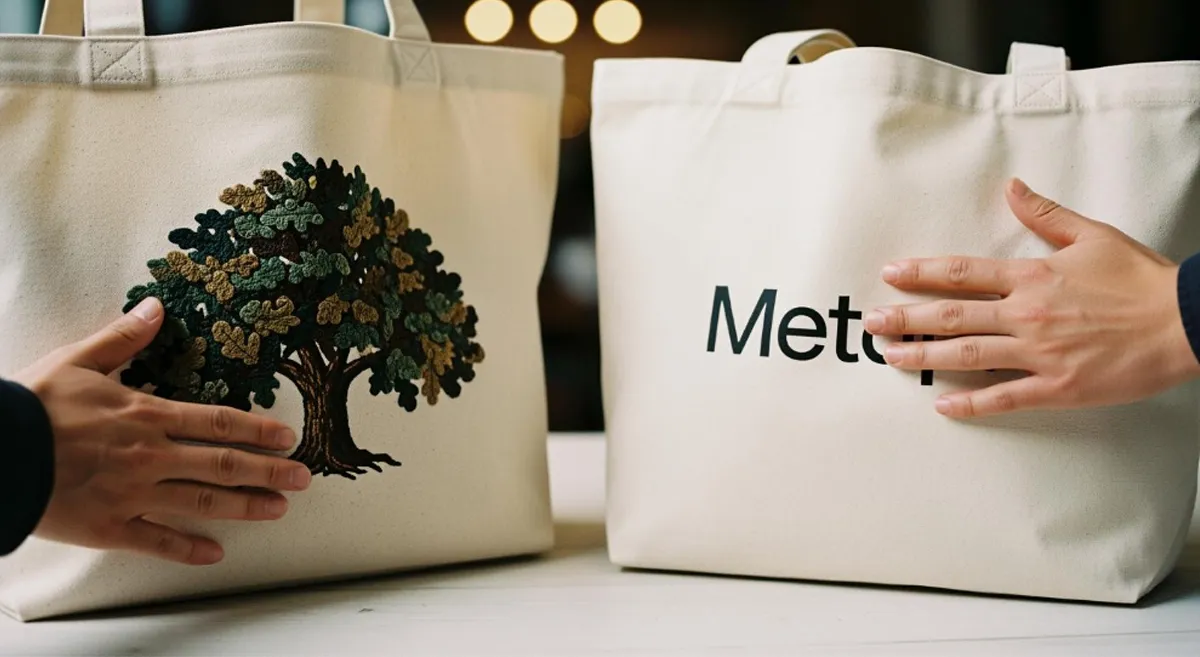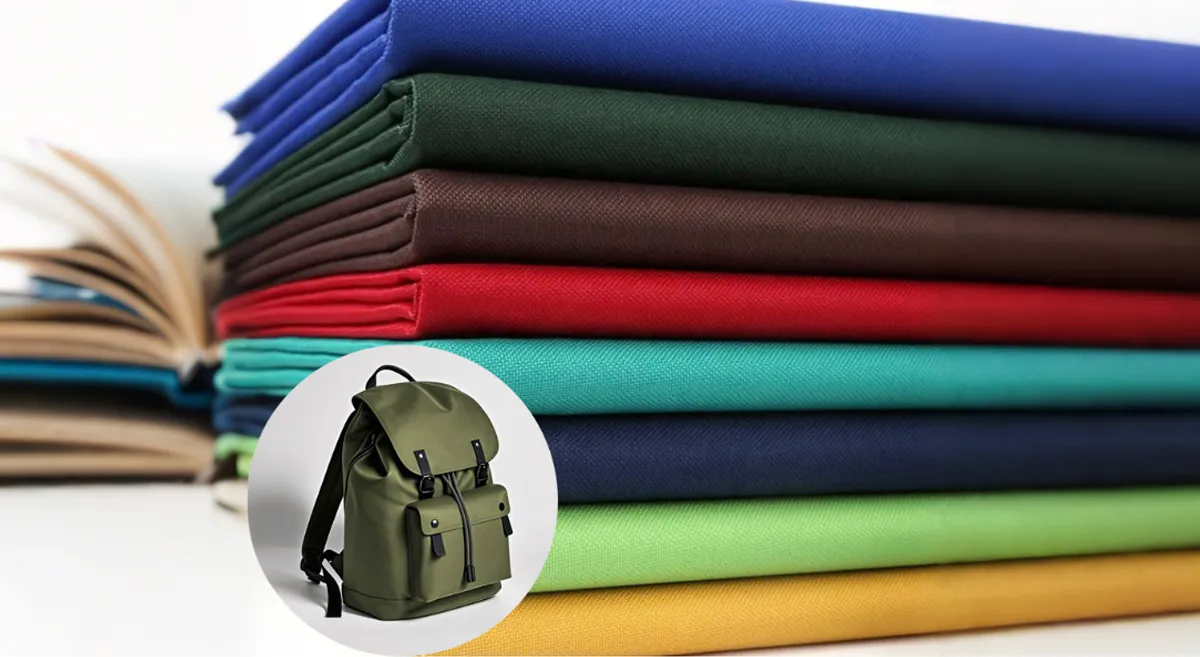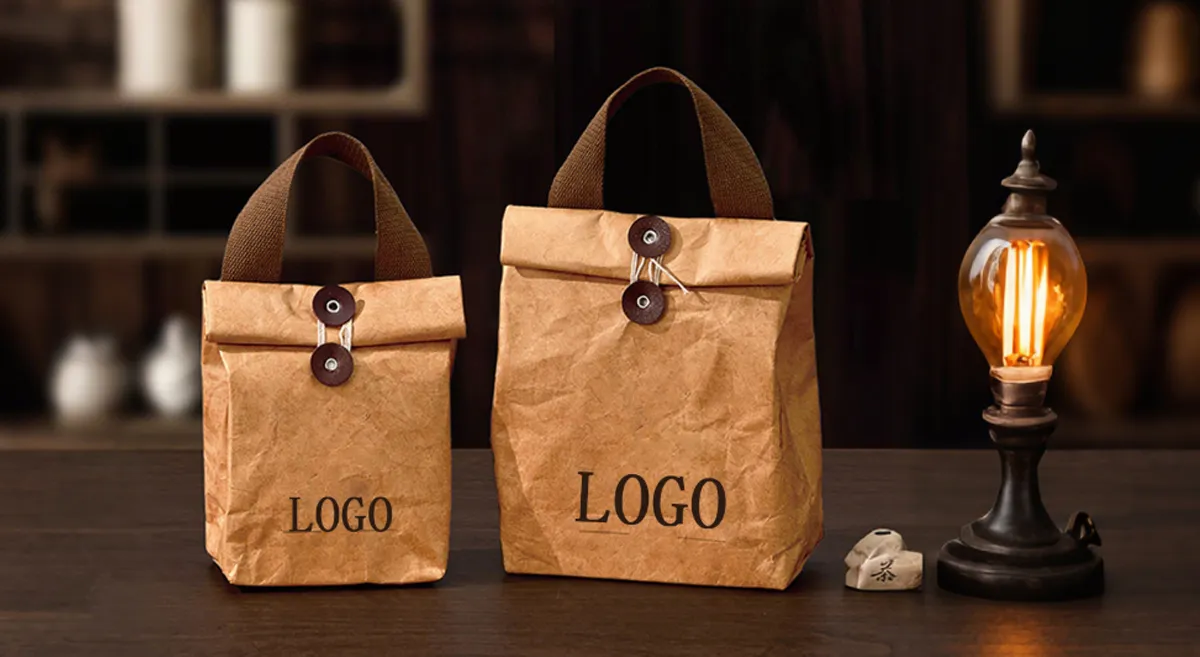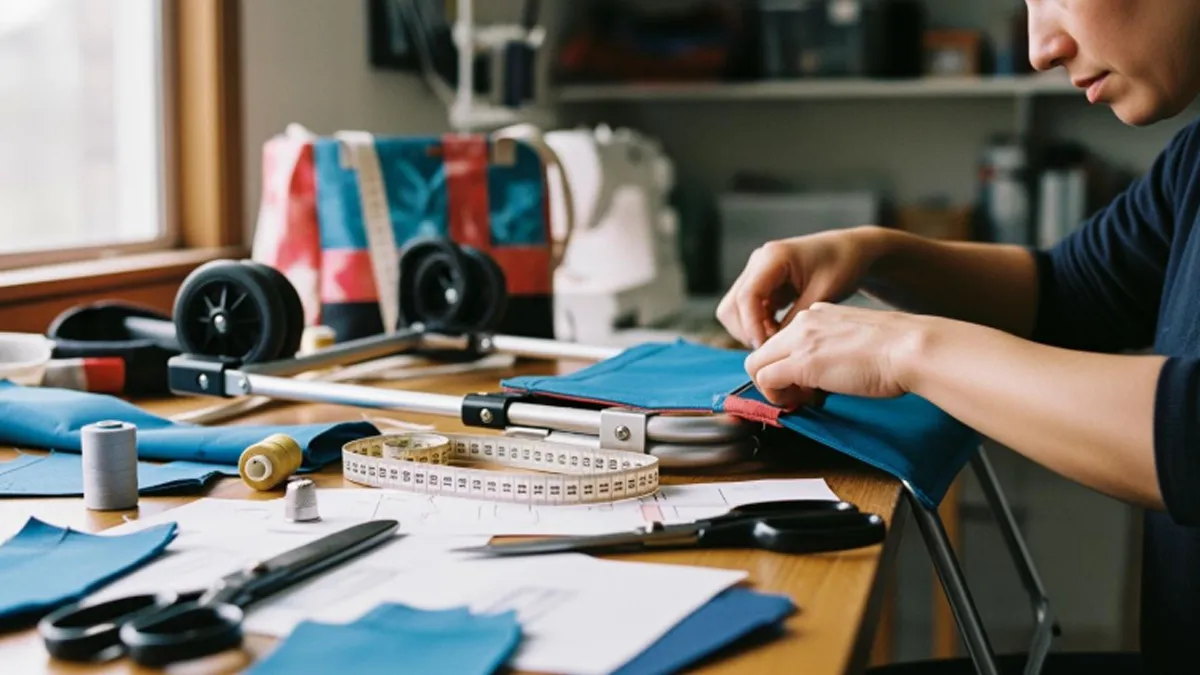
Are you ready to create your own shopping cart grocery bag? Many shoppers want a reusable option, but plastic bags still outnumber them at most stores. Check out this quick comparison:
| Store | New Plastic Bags | Reusable Bags | Ratio (Plastic:Reusable) |
|---|---|---|---|
| Target | 146 | 25 | 5.84:1 |
| Ralph’s | 70 | 43 | 1.63:1 |
| Whole Foods | 79 | 29 | 2.72:1 |
| Trader Joe’s | 52 | 27 | 1.93:1 |
| Smart and Final | 34 | 1 | 34:1 |
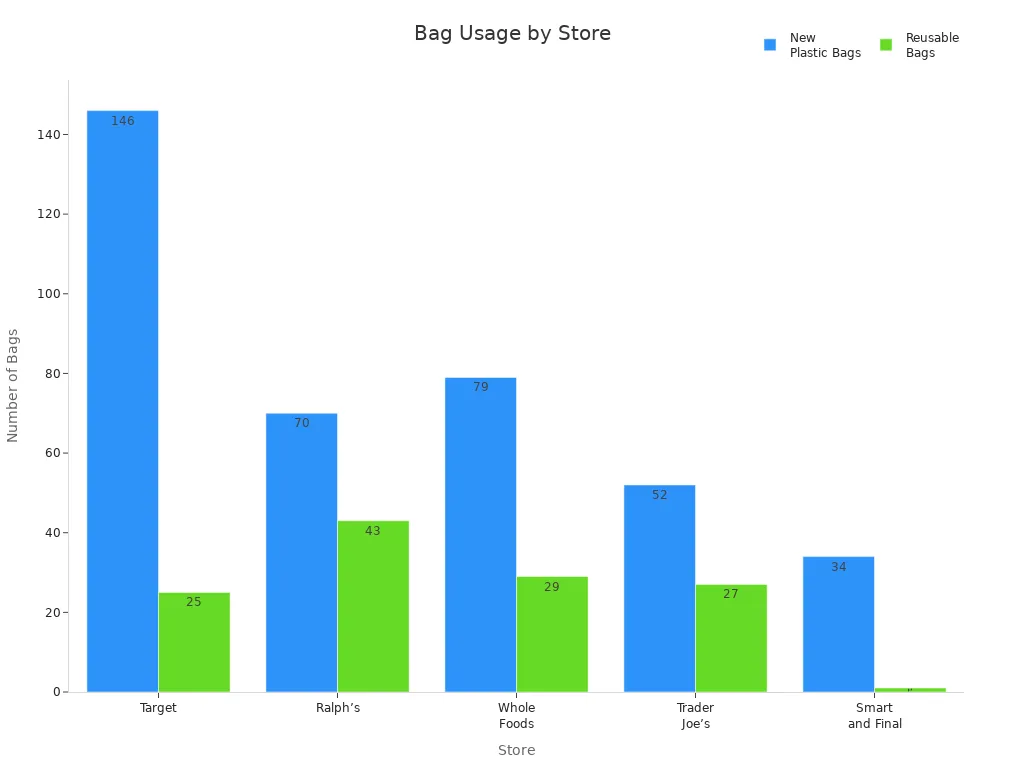
You can learn how to make a shopping trolley bag with simple steps. Jump in and enjoy the process!
Key Takeaways
- Pick strong, eco-friendly fabrics like canvas or jute. These fabrics last long and are easy to clean.
- Gather all the materials and tools you need before you start. This helps you work without stopping.
- Follow a simple pattern to measure and cut the fabric pieces. This will help your bag fit well.
- Use a sewing machine to put the bag together faster. You can also sew by hand if you want more control.
- Choose wheels that work well on the ground where you will use the bag. This makes the bag more stable.
- Add things like zippers or Velcro to close the bag. This keeps your groceries safe and easy to reach.
- Make your bag special with pockets, insulation, or decorations. This way, your bag fits your style and needs.
- Check the bag often and make weak spots stronger. This helps your bag last for many shopping trips.
Materials and Tools
Get your materials and tools before you begin. This helps your bag turn out strong and nice. It also makes the work easier. Here is what you need.
Fabric Selection
Main and Lining Fabrics
Picking good fabric is important. You want it to be strong and easy to wash. Here are some good choices:
- Canvas Fabric: This is tough and holds heavy groceries.
- Jute Fabric: This is strong and good for the planet.
You can use other fabrics too. Look at this table for more ideas:
| Fabric Type | Durability | Eco-Friendliness | Extra Notes |
|---|---|---|---|
| Organic Cotton | High | Yes | Washable, sustainable, long-lasting |
| Recycled PET (rPET) | High | Yes | Robust, reduces waste |
| Hemp | High | Yes | Mold-resistant, biodegradable |
| Jute | High | Yes | Biodegradable, rustic look |
| Vegan Leather | Moderate | Yes | Plant-based, cruelty-free |
| Canvas | High | No | Sturdy, easy to clean |
| Jute (Golden Fiber) | High | Yes | Eco-friendly, functional |
Alternative Materials
You can try nylon or polyester if you want. Nylon is light and keeps water out. Polyester is cheap and easy to buy. Both are good for lining or outside layers. Canvas bags are better for the earth. Nylon bags are better in rain.
Hardware and Accessories
Wheels and Frame
Your shopping trolley bag needs wheels and a frame. This helps it roll easily. You can buy kits or use old cart parts. Here are some popular choices:
| Product Name | Latest Month’s Sale Volume | Retail Price | Average Star Rating |
|---|---|---|---|
| dbest products Quik Cart Swing Lid Four Swivel Wheeled Rolling Crate | 8,416 | $71.70 | 4.3 |
| Folding Utility Cart Portable Rolling Crate Handcart Shopping Trolley | 2,306 | $64.79 | 4.6 |
| Folding Utility Cart Portable Rolling Crate Handcart Foldable | 986 | $71.05 | 4.7 |
| EVERHANGER Garden Tool Organizer Stand with Lockable Wheels | 274 | $79.99 | 4.8 |
| Foldable Utility Cart Collapsible Portable Tool Cart with Wheels | 115 | $51.11 | 4.5 |

Fastenings and Closures
Closures keep your groceries safe inside. Zippers are good for the main opening. Velcro and snaps work for pockets. D-rings and swivel hooks help with straps and handles. Here is a table:
| Component | Description |
|---|---|
| D-Rings | Attach straps, adjust length, secure hooks |
| Swivel Hooks | Attach straps, prevent twisting |
| Zippers | Main closures, sleek finish, many sizes |
Essential Tools
Cutting Tools
Use sharp scissors or a rotary cutter to cut fabric. A ruler or tape measure helps you make straight lines.
Sewing Equipment
A sewing machine makes sewing faster. You can sew by hand if you want. Use strong thread so your bag lasts.
Assembly Tools
You need a screwdriver for the frame and wheels. Pliers help with hardware. Use a fabric marker to trace your pattern.
Tip: Always check your measurements before cutting. This saves you time and fabric!
Now you are ready to start your project. Pick materials that fit your style and needs. Mix and match fabrics and hardware to make a bag that is just for you.
How to Make a Shopping Trolley Bag: Step-by-Step
Ready to dive into how to make a shopping trolley bag? Let’s break down each part so you can follow along and create a sturdy, stylish shopping cart grocery bag. You’ll see how easy it is to go from a grocery bag pattern to a finished product.
Measuring and Cutting
Marking Patterns
Start with your shopping cart grocery bag pattern. Lay out your fabric on a flat surface. Use a fabric marker or tailor’s chalk to trace the shapes for the main body, sides, bottom, and pockets. Double-check your measurements before you mark anything. Most shopping trolley bags need a main rectangle (about 20″ x 24″), two side panels (8″ x 20″), a bottom panel (8″ x 24″), and pocket pieces if you want extra storage.
Tip: If you want a custom fit, measure your trolley frame first. Adjust the pattern to match your frame size.
Cutting Fabric Pieces
Grab sharp scissors or a rotary cutter. Cut along the lines you marked. Keep your hand steady and cut slowly for clean edges. If you use heavy-duty fabric, you might need a denim needle later for sewing. Cut out all pieces for both the outer fabric and the lining. If you want your bag to stand up straight, cut interfacing or batting to match your main panels.
Sewing the Bag
Outer Fabric Assembly
Now you’ll sew the main body together. Pin the side panels to the main rectangle, right sides facing each other. Sew along the edges with a strong thread. If you use thick fabric, slow down your sewing speed. You can even turn the sewing machine wheel by hand for the first few seams. This helps you keep everything straight.
- Use mediumweight or heavy upholstery fabric for durability.
- Combine lighter fabrics with interfacing to make your bag stronger.
- Press seams flat after sewing for a neat look.
Attach the bottom panel last. Sew it to the sides and main body. Check that all corners line up. If you want extra strength, sew a second seam close to the first one.
Lining Construction
Let’s add the lining. Place the lining pieces together, wrong sides facing out. Sew the sides and bottom just like you did for the outer bag. Use binding or interfacing to secure the lining. For a clean finish, stitch about 3/8″ from the edge. If you have thick layers, sew corners one at a time.
Here’s a simple way to attach the lining:
- Cut out all bag and lining pieces. Add interfacing if you want.
- Insert the lining into the outer bag, wrong sides together.
- Match the side seams and pin around the top raw edges.
- Stitch around the top about ¼ inch from the edge.
- Attach binding to cover the raw edges and hold the lining in place.
Note: Press all seams after sewing. This makes your shopping cart grocery bag look professional.
Handle Creation
Handle Types
Handles matter for comfort and style. You can choose padded handles, ergonomic grips, or adjustable straps. Ergonomic handles give you a firm grip and help reduce strain on your hands. Adjustable handles let you change the height, so anyone can use the bag comfortably.
- Padded handles feel soft and easy to hold.
- Ergonomic designs help if you carry heavy loads.
- Adjustable handles work for different heights.
Attachment Methods
Attaching handles is simple if you follow the right steps. Some handles use Velcro for a secure fit. Others use D-rings or hooks. Here’s a quick table to show popular methods:
| Feature | Description |
|---|---|
| Easy to fit | Attach to handle in seconds |
| Weight capacity | Holds up to 15kg without tipping |
| Storage convenience | Gives you extra space for groceries |
| Attachment method | Velcro keeps handles secure |
| Instructions | Simple steps to attach and detach hooks |
To attach your handles:
- Pin the handle ends to the top edge of the bag.
- Sew them in place with a box stitch or reinforced seam.
- If you use Velcro, sew one side to the handle and the other to the bag.
- For D-rings or hooks, follow the instructions that come with your hardware.
Tip: Always test the handles before you finish. Pull on them to make sure they hold up to heavy groceries.
Now you know how to make a shopping trolley bag from marking your shopping cart grocery bag pattern to sewing and attaching handles. You’re ready for the next steps—adding wheels, closures, and finishing touches!
Attaching Wheels and Frame
You want your shopping cart grocery bag to roll smoothly and feel sturdy. Let’s get those wheels and the frame set up so your bag is ready for action.
Wheel Installation
Pick wheels that match where you’ll use your bag most. If you walk on smooth floors, four wheels work fine. If you roll over rough sidewalks or gravel, eight wheels give you better stability. Here’s a quick look at wheel choices:
| Wheel Type | Terrain Suitability | Notes |
|---|---|---|
| 4-Wheel | Not ideal for rough terrain | Less stability |
| 8-Wheel | Better for rough terrain | Enhanced stability |
To install the wheels:
- Line up the wheel brackets with the bottom of your frame.
- Attach each wheel using screws or bolts. Tighten them with a screwdriver.
- Spin each wheel to check for smooth movement.
- If you use a kit, follow the instructions for your specific model.
Tip: Test the wheels before you finish. Push the bag across your floor and outside. Make sure it doesn’t wobble or get stuck.
Frame Assembly
The frame gives your shopping cart grocery bag its shape and strength. You can reuse an old trolley frame or buy a new one. Most frames come in lightweight metal or sturdy plastic.
Steps for frame assembly:
- Place the frame inside your bag, matching the bottom panel to the frame base.
- Use straps or fabric loops to secure the frame to the bag. Sew or screw them in place.
- Check that the frame sits flat and doesn’t shift when you move the bag.
- Attach any extra supports or crossbars if your frame has them.
Note: If your frame folds, make sure you can open and close it easily with the bag attached.
Adding Closures
Closures keep your groceries safe and make your bag easy to use. You have a few options, each with its own strengths.
Zippers, Velcro, Snaps
Let’s compare the most popular closure types for shopping trolley bags:
| Closure Type | Durability | Security | Convenience |
|---|---|---|---|
| Zippers | High | High | Moderate |
| Magnetic Snaps | Moderate | Moderate | High |
| Velcro | Low | Low | Moderate |
Zippers work best for the main opening. They last a long time and keep your groceries secure. Magnetic snaps are easy to open and close, but they don’t hold as tightly. Velcro is simple, but it wears out faster and doesn’t lock as well.
To add a zipper:
- Pin the zipper along the top edge of your bag.
- Sew it in place with a zipper foot on your sewing machine.
- Test the zipper by opening and closing it several times.
For snaps or Velcro:
- Mark the spots where you want the closures.
- Sew or attach them according to the package instructions.
- Check that they line up and close tightly.
Tip: Always test closures before you finish. Open and close them at least 20 times to make sure they hold up.
Pocket Placement
Pockets make your shopping cart grocery bag more useful. You can add small pockets for keys, wallets, or coupons. Place them inside or outside the bag.
Steps for pocket placement:
- Decide where you want each pocket. Use your shopping cart grocery bag pattern to mark the spots.
- Cut pocket pieces from your leftover fabric. Use your grocery bag pattern for sizing.
- Pin the pockets to the bag and sew around the edges.
- Add closures like zippers or Velcro if you want extra security.
Note: Pockets on the outside are easy to reach. Inside pockets keep valuables hidden.
Final Assembly
You’re almost done! Now you’ll finish the top edges and check your work.
Sewing Top Edges
Sewing the top edges gives your bag a clean look and keeps the lining in place.
- Fold the raw edges at the top of your bag inward.
- Pin the lining and outer fabric together.
- Sew around the top edge, about ¼ inch from the fold.
- Add binding or trim if you want a decorative finish.
Tip: Press the top edge with an iron for a crisp, professional look.
Quality Check
Before you use your shopping cart grocery bag, run through a quick checklist. This helps you catch any problems and makes sure your bag lasts.
| Check | Description |
|---|---|
| Function check | Make sure everything works smoothly. |
| Reliability test for closures | Open and close zippers, buttons, or snaps 20 times. |
| Product size/weight measurement | Measure your bag and check the weight. Allow a small tolerance. |
| Metal detection | Look for any broken needles or metal pieces. |
| Adjustable check for straps | Test that straps adjust easily. |
| Loading check | Fill the bag with groceries to test strength. |
| Color fastness test | Rub a wet cloth on the fabric to see if color transfers. |
| Handle/straps strength check | Pull on handles and straps to check durability. |
| Waterproof | Pour a little water on the bag to check for leaks. |
| Odor and mildew check | Smell the bag for any bad odors or mildew. |
| Hand feel check | Touch the fabric to check texture and moisture. |
| Seam pulling test | Tug on seams to make sure they don’t rip. |
Tip: If you find any weak spots, reinforce them with extra stitching or stronger hardware.
Now your shopping cart grocery bag is ready for action. You’ve followed your shopping cart grocery bag pattern, picked the right wheels, added strong closures, and checked every detail. Enjoy your new bag and show off your DIY skills!
Customizing Your Shopping Cart Grocery Bag
You can make your shopping cart grocery bag stand out and work even better. Customizing your bag lets you show off your style and add features that fit your needs. Let’s look at some fun and useful ways to make your bag unique.
Personalization Ideas
Decorative Elements
Want your bag to look special? Try adding some decorative touches. Here are a few ideas:
- Sew on colorful patches or badges.
- Use fabric paint to create your own designs or write your name.
- Attach fun keychains or charms to the handles.
- Add embroidery for a classic, handmade look.
Tip: Personal touches make your bag easy to spot at the store and show off your creativity!
Color and Pattern Choices
Choosing the right colors and patterns can make your bag pop. You might like bright colors that stand out or soft shades that match your style. Patterns like stripes, polka dots, or florals add a playful touch. You can even mix and match fabrics for a bold look.
- Pick colors that make you happy.
- Try patterns that match your favorite outfits.
- Use leftover fabric scraps for a patchwork design.
Functional Upgrades
You can add features to your shopping cart grocery bag that make shopping easier and more organized. Many people love bags that help them sort groceries and last a long time.
Extra Pockets
Extra pockets help you keep things tidy. You can add small pockets for your phone, wallet, or keys. Some people like mesh pockets on the outside for quick access. Inside pockets keep valuables safe and hidden.
- Add zippered pockets for coins or cards.
- Use Velcro pockets for snacks or coupons.
- Try mesh pockets for water bottles.
Many shoppers say they like bags that stay open in the cart and make packing simple.
Insulation Options
Do you want to keep your groceries cool? Adding insulation is a smart upgrade. Insulated bags use layers to trap cold air and block heat. The middle layer is usually a dense foam core, which keeps food fresh for longer. The outer layer stays cool, even with warm items inside.
Here’s a quick look at common insulation materials:
| Insulation Component | Type | Function |
|---|---|---|
| Foam Insulation | High-density polyurethane or EVA foam | Blocks heat transfer and keeps groceries cool. |
| Reflective Materials | Aluminum foil or metallized films | Reflects heat away from your food and helps keep things cold. |
| Thermal Liners | Thinsulate or thermal fabrics | Adds an extra barrier to hold in the cold and maintain temperature. |
Most insulated bags have three layers:
- Outer layer: Tough fabric like nylon or polyester.
- Middle layer: Thick foam for insulation.
- Inner layer: Shiny foil or heat-reflecting material.
If you add insulation, your bag will keep frozen foods cold and fresh until you get home.
Customizing your bag makes shopping more fun and helps your bag last for years. Try out these ideas and upgrades to create a shopping cart grocery bag that fits your life perfectly.
Tips and Troubleshooting
You want your shopping trolley bag to last and work well every time you shop. Here are some simple tips and fixes to help you keep your bag in top shape.
Durability Tips
Reinforcement Methods
You can make your bag stronger with a few easy tricks. Try these methods:
- Double Stitching: Sew seams twice. This helps stop rips and tears.
- Box Stitching: Use a box or X pattern when you attach handles. This gives extra strength.
- Edge Binding: Sew bias tape or fabric strips along raw edges. This keeps fabric from fraying.
- Rivets or Grommets: Add metal rivets at stress points. Handles and corners need extra support.
Tip: Always check high-stress areas like handles and bottom corners. Reinforce them before you see any damage.
Material Choices
Picking the right materials makes a big difference. You want your bag to handle heavy loads and last for years.
| Material | Strength | Water Resistance | Best Use |
|---|---|---|---|
| Canvas | High | Moderate | Main body |
| Nylon | Medium | High | Lining, pockets |
| Polyester | Medium | High | Outer layer |
| Jute | High | Low | Eco-friendly bags |
| Vegan Leather | Moderate | Moderate | Stylish handles |
Choose thick, tightly woven fabrics for the main body. Use waterproof materials for the lining if you carry cold or wet groceries.
Common Issues
Fixing Seams
Sometimes seams pop open or look messy. You can fix them fast.
- Turn the bag inside out.
- Pin the seam together.
- Sew over the seam with strong thread.
- Use a zigzag stitch for extra hold.
Note: If you see loose threads, snip them off. This keeps your bag looking neat.
Adjusting Handles
Handles can feel too long or too short. You can adjust them without much trouble.
- If your handles use Velcro, move the Velcro strips to change the length.
- For sewn handles, unpick the stitches and re-sew at the right spot.
- Add extra padding if the handles feel rough.
Handles should fit your hand and not dig into your skin. Test them with a full bag before you finish.
Wheel Alignment
Wheels sometimes wobble or stick. You can fix this with a few steps.
- Check if the wheels sit flat on the ground.
- Tighten screws or bolts with a screwdriver.
- If a wheel still wobbles, remove it and check for dirt or damage.
- Replace broken wheels with new ones from a hardware store.
Tip: Spin each wheel before you use your bag. Smooth wheels make shopping easier!
You can solve most problems with simple tools and a little time. Keep your shopping trolley bag clean and check it often. You’ll enjoy smooth trips to the store every time.
Custom Orders and Services
OEM and ODM Options
Do you want to make shopping trolley bags for your business? You can choose OEM or ODM services. OEM means you use your own brand and design. ODM lets you pick from ready-made designs and add your logo. You can choose the colors, size, and special features you want. Many suppliers help you with ideas and offer good prices. They guide you from your first idea to the finished bag.
Here’s a simple table about OEM and ODM services:
| Feature | Description |
|---|---|
| Custom Branding and OEM | Lets you add logos, colors, sizes, and special features. |
| Advantages of Suppliers | Good prices, many choices, expert help, and shipping support. |
| Manufacturing Process | Includes design help, samples, making lots of bags, checking quality, and shipping. |
First, you share your ideas with the supplier. They help you pick the best materials and designs. They make a sample bag for you to check. You can see and touch the sample before you order more. If you want changes, you can ask for them. When you like the sample, the supplier makes many bags for you. They take care of shipping and make sure your bags arrive safely.
Tip: Ask about the smallest order you can make and how long delivery takes. This helps you plan your business.
Contact Us for Custom Bags
Do you want a bag that is special? You can order custom shopping trolley bags for your store or event. The process is easy and friendly. You pick the style, material, and features you want. You can add your logo or special print. If you have a sample, send it to the supplier. They will match your design and colors.
Here are the steps to order a custom bag:
| Step | Description |
|---|---|
| 1 | Pick your style (like Handle Bags or T Shirt bags) |
| 2 | Choose the bag material |
| 3 | Tell what features and sizes you want |
| 4 | Say if you want custom printing |
| 5 | Send a sample if you have one |
| 6 | Tell how many colors you want for printing |
| 7 | Give your shipping details for a price quote |
You do not need to be an expert. The supplier helps you with every step. You get a price based on what you choose. If you have questions, just ask. The team wants you to feel good about your order.
Want to start? Contact us and share your ideas. You will get a fast reply and helpful support. Your custom shopping trolley bag is just a few steps away!
Conclusion
You now know how to make a shopping trolley bag from start to finish. Try it yourself and enjoy the process! Making your own bag feels rewarding and lets you show off your style.
Need custom shopping trolley bags? We’re the shopping trolley bags manufacturer. We build OEM/ODM shopping trolley bags to your spec—frame (steel/aluminum, foldable), wheel sets (2/4/6 or stair-climbing tri-wheel), capacities, liners (insulated/water-resistant), and fabrics (600D polyester, nylon, canvas, jute, recycled). Add your branding with silkscreen, heat transfer, or embroidery. Enjoy factory-direct pricing, fast sampling, and on-time delivery. Contact us for a quick quote and samples—let’s turn your brief into a best-selling trolley bag.
FAQ
How do I choose the best fabric for my shopping trolley bag?
Pick a fabric that feels strong and easy to clean. Canvas and jute work well for durability. If you want something waterproof, try nylon or polyester. You can mix fabrics for style and function.
Can I make a shopping trolley bag without a sewing machine?
Yes, you can sew by hand. Use a sturdy needle and strong thread. Hand stitching takes longer, but you get more control. Double stitch seams for extra strength.
What size should my shopping trolley bag be?
Measure your trolley frame first. Most bags use a main panel around 20″ x 24″. Adjust the size to fit your needs. Bigger bags hold more groceries, but smaller ones are easier to carry.
How do I clean my shopping trolley bag?
Wipe the bag with a damp cloth for quick cleaning. For deep cleaning, wash with mild soap and water. Let it air dry. Avoid harsh chemicals to keep the fabric strong.
Can I add wheels to any bag?
You need a sturdy base and frame to add wheels. Soft tote bags won’t support wheels well. Use a kit or repurpose an old trolley frame for best results.
What should I do if my bag’s handle feels uncomfortable?
Wrap the handle with soft fabric or foam. You can sew on padding or use a grip cover. Test the handle with a full bag to make sure it feels good.
Is it possible to make my bag insulated for cold groceries?
Yes! Add a layer of foam or thermal fabric between the outer and inner layers. Use reflective material like foil for extra insulation. Your groceries will stay cool longer.


